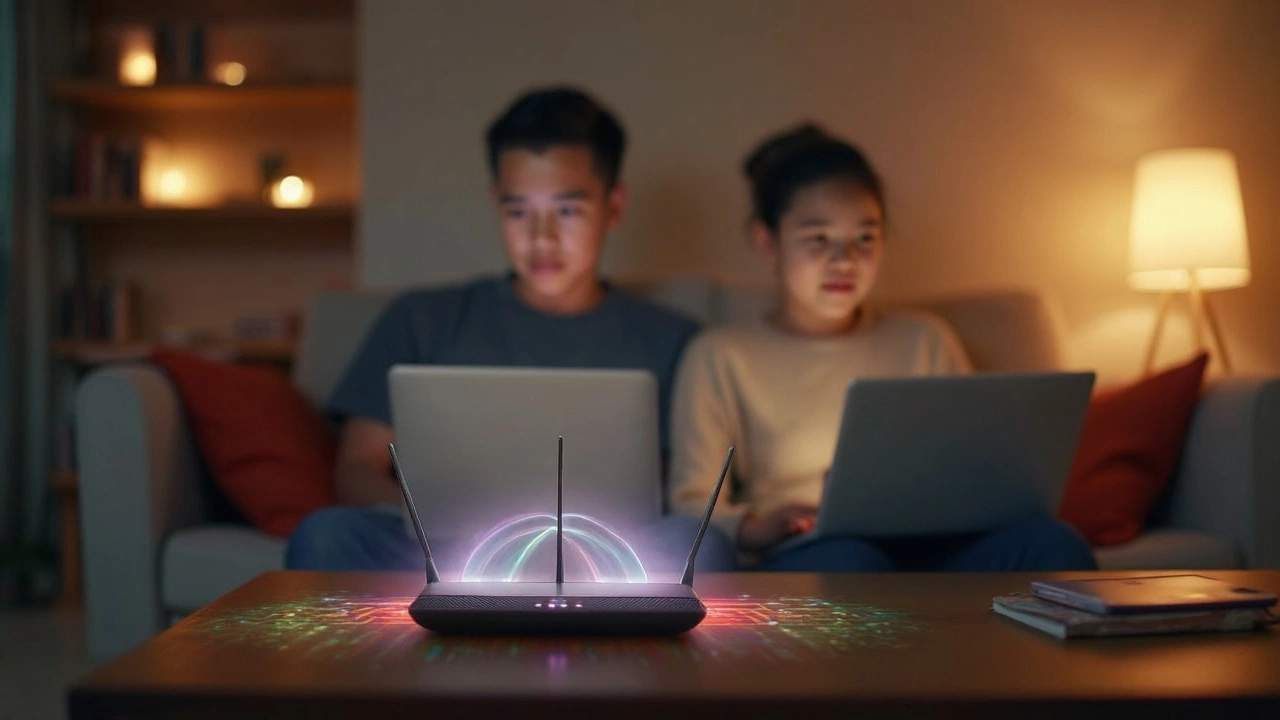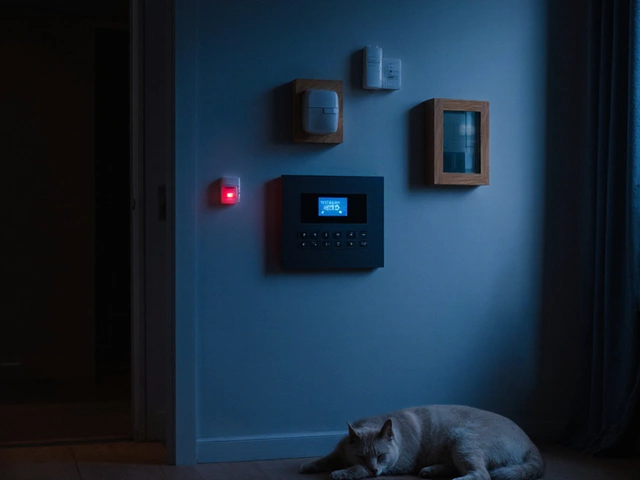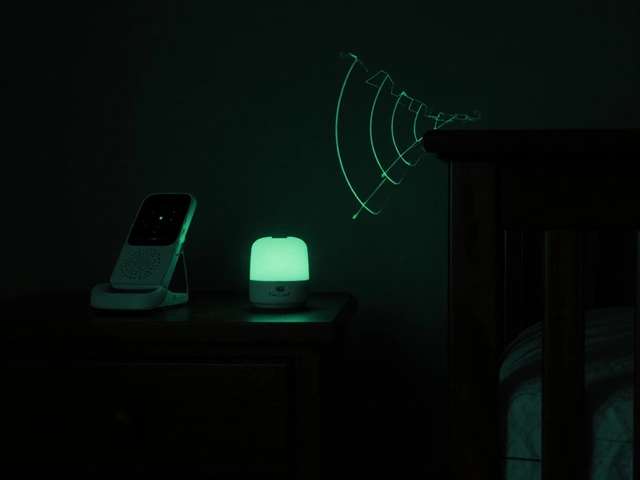Internet Speed Basics for a Secure Home
When you set up a security system, you probably think about alarms, cameras, and the right sensors. What you often forget is the internet speed behind them. A slow connection can leave video feeds lagging, delay alerts, and make smart doorbells useless. Let’s break down what speed you actually need and how to keep it running smooth.
How Much Speed Do Security Devices Require?
Most modern cameras stream at 1080p, which needs about 3‑5 Mbps per camera for a stable feed. If you have three indoor cameras, aim for at least 15 Mbps upload and download. Video doorbells usually use 1‑2 Mbps when they send a live view, but they also need quick two‑way talk, so a steady 5 Mbps upstream is a good safety net.
Alarm panels that just send a signal don’t need much bandwidth—under 1 Mbps is fine. However, many panels now offer video verification, meaning they attach a short clip to an alert. That adds about 2 Mbps when a motion event fires. In short, if you run multiple cameras plus a doorbell, a 30‑50 Mbps broadband plan keeps everything responsive.
Testing Your Connection the Easy Way
First, grab a laptop or phone and run a speed test on a site like speedtest.net. Do it while no one is streaming Netflix or gaming. Write down the download, upload, and ping numbers. If the upload is under 10 Mbps and you have more than one camera, you’ll see lag or pixelated video.
Next, test Wi‑Fi strength where each device sits. Open your router’s app, look for the signal bars, and note the RSSI value (‑30 dBm is excellent, ‑70 dBm is weak). If a camera sits on a spot with ‑70 dBm, move the router or add a mesh node. Even a strong broadband line can under‑perform if the Wi‑Fi is spotty.
Finally, check latency. Ping should stay below 50 ms for doorbells to feel real‑time. Higher ping means a delay between you pressing “talk” and the homeowner hearing you, which defeats the purpose of a quick response.
Simple Ways to Boost Your Security Bandwidth
1. **Upgrade your plan** – Many UK ISPs offer 100 Mbps packages for a modest price. If you’re on a 20 Mbps plan, the upgrade alone solves most issues.
2. **Prioritise devices** – Use your router’s QoS (Quality of Service) settings to give cameras and doorbells top priority over streaming services.
3. **Switch to wired where possible** – Running an Ethernet cable to a main indoor camera eliminates Wi‑Fi bottlenecks entirely.
4. **Add a Wi‑Fi extender or mesh** – A single extender can double coverage, but a mesh system keeps speed consistent across the whole house.
5. **Keep firmware updated** – Both routers and security devices get performance tweaks that can improve how they handle bandwidth.
Remember, speed isn’t just about numbers; it’s about reliability. A brief dip during a burglary can mean the difference between catching a thief on video or missing the whole event. By checking your current speed, testing Wi‑Fi strength, and making a few tweaks, you give your security system the foundation it needs to work flawlessly.
Bottom line: Aim for at least 30 Mbps download and 10 Mbps upload if you run multiple cameras and a doorbell. Test regularly, prioritize devices, and upgrade when you can. With the right internet speed, your Birmingham home will stay safe and connected 24/7.




